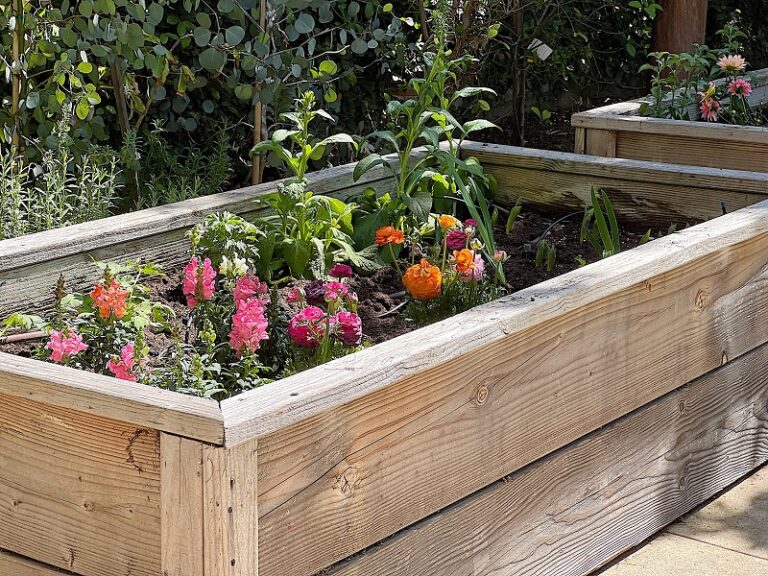
Installed on flat or low-slope roofs, roof scuppers are crucial drainage elements that let water go down the roof surface and avoid collecting. They serve as overflow drains, channelling snowmelt and rainfall into storm drains or downspouts. When scuppers are operating properly, they prolong the roof structure’s lifespan and shield it from water damage. Like any roofing component, scuppers may eventually have issues that reduce drainage effectiveness and result in leaks or structural problems. Maintaining a healthy roof system requires early detection of typical scupper issues.
Clogging and Blockages: The Most Frequent Issue
Common scupper concerns include debris clogging. In the drainage path or scupper aperture, debris, twigs, leaves, and other detritus can block water flow. Failure to remove water from the roof can cause leaks, material deterioration, and structural damage. Clogged scuppers require frequent cleaning and inspection. Use a garden hose or pressure washer to remove debris and manually remove impediments. Protection screens or grates over scuppers can prevent future clogs.
Leaks around Scupper Openings
Scupper holes often leak due to poor sealing or flashing. Since they penetrate the roof, scuppers must be waterproofed to prevent water from entering the walls or roof deck. Leaks often result from corroded metal flashing, damaged sealant, or roof membrane-scupper overlap. Clean the area and remove damaged items before addressing leaks. After that, replace rusty flashing and seal the scupper edges with quality roofing sealant. Applying a new waterproof membrane patch can enhance the barrier and stop leaks.
Corrosion and Material Deterioration
Usually composed of metal, roof scupper can corrode over time from exposure to weather and water. The scupper is weakened by corrosion, which might result in holes, splits, or structural failure that hinders drainage. Check scuppers frequently, especially on older roofs, for indications of corrosion or degradation. The lifespan of the scupper can be increased by using paint and primer that inhibits rust if the corrosion is not severe. However, in order to guarantee adequate drainage and prevent leaks, severe corrosion frequently necessitates replacing the scupper completely.
Proper Maintenance and Professional Repairs
Regular maintenance is the best defence against scupper issues. To check for debris, leaks, corrosion, and flashing condition, schedule routine roof inspections. Address any problems as soon as possible to prevent further, expensive damage. Professional roofing contractors are best suited to address more complicated issues like substantial corrosion or membrane damage, but do-it-yourselfers can undertake small repairs. Professionals possess the equipment and know-how to guarantee that the scuppers are replaced or repaired appropriately, restoring efficient drainage and safeguarding your roof investment.
Conclusion
Finally, clogging, leaks, and corrosion are common roof scupper issues that, if ignored, can hurt your roof’s drainage and cause damage. Maintaining the health of your roof and keeping your scuppers operating correctly require routine cleaning, prompt repairs, and expert inspections.






